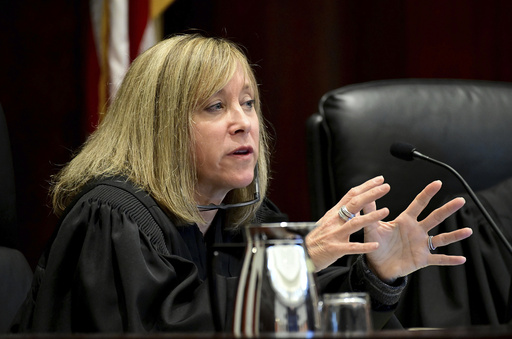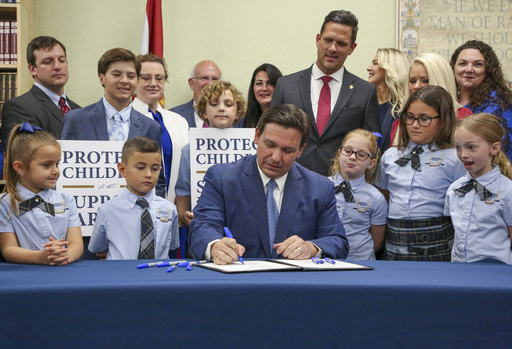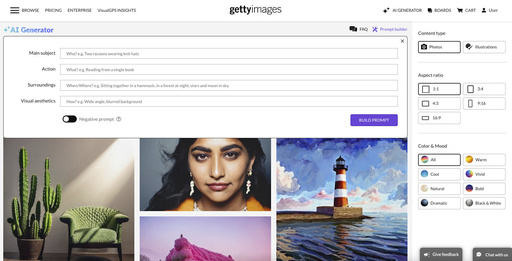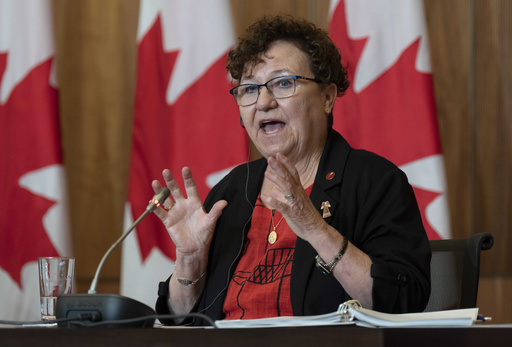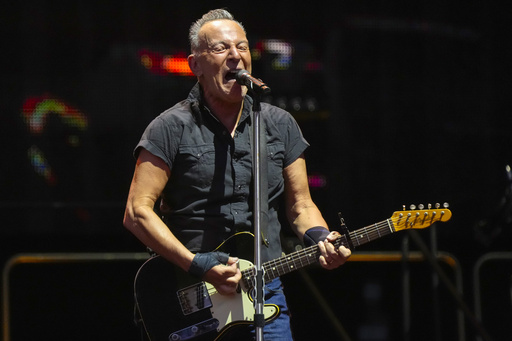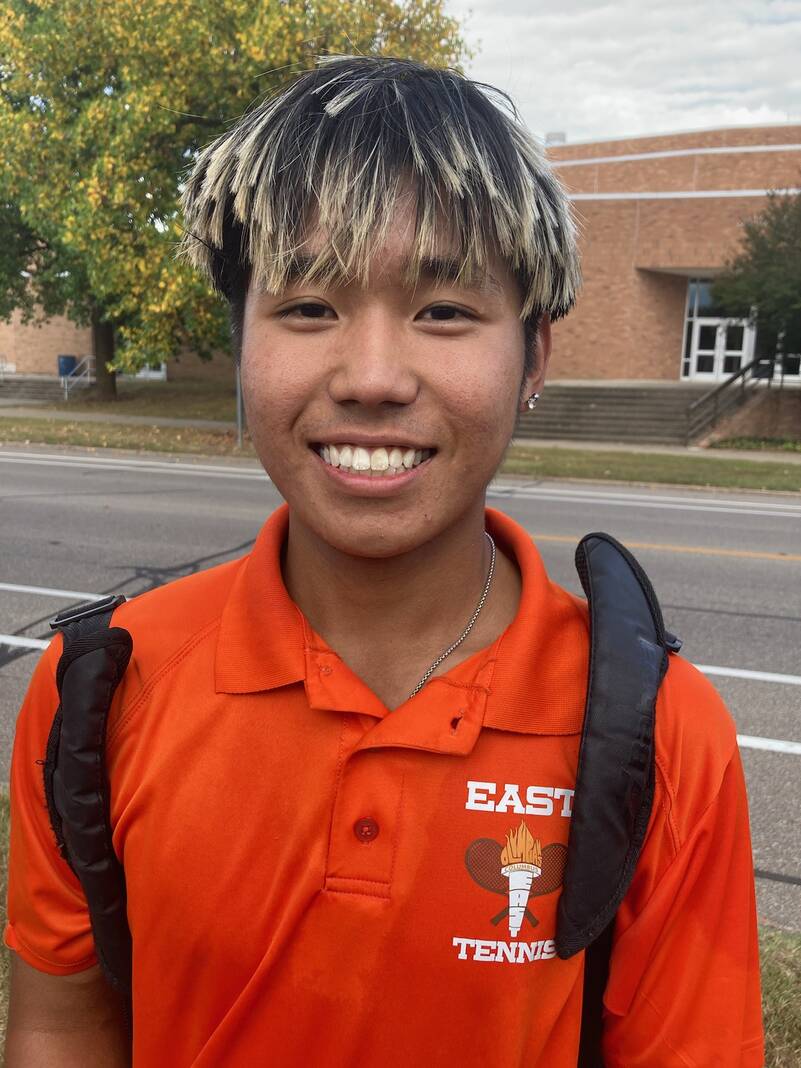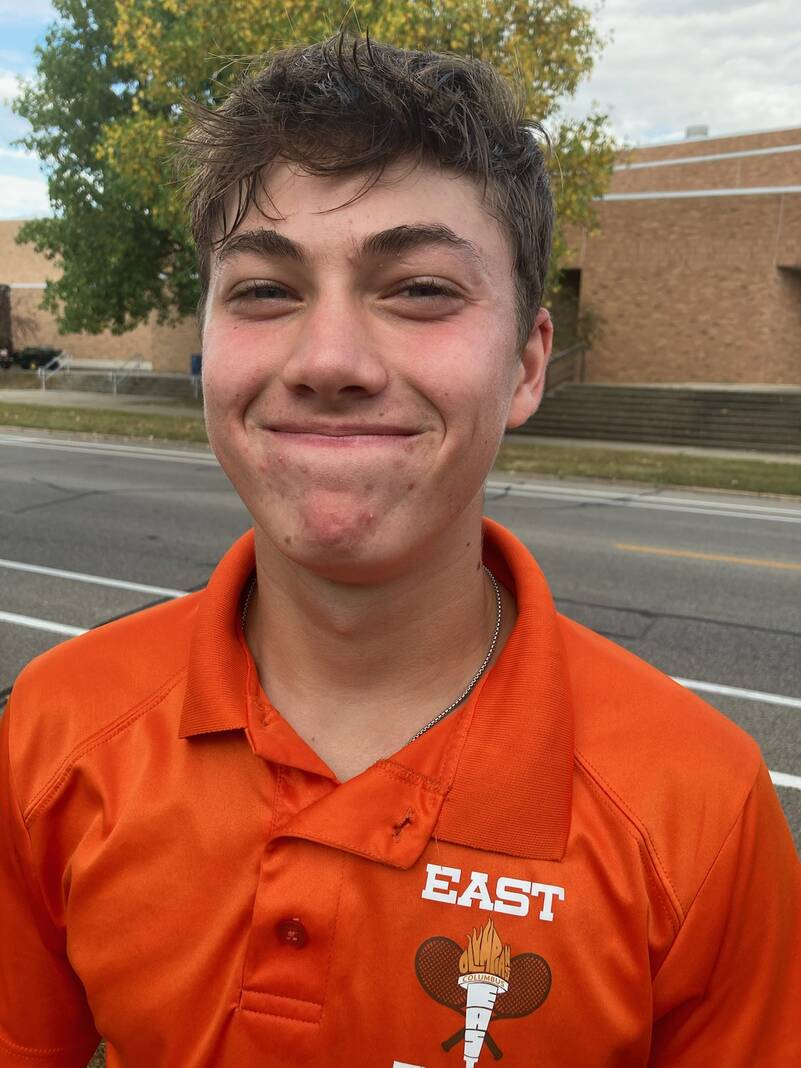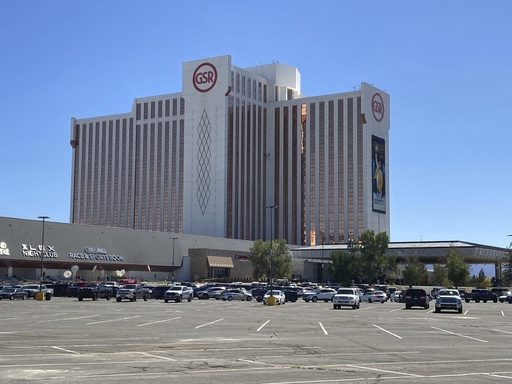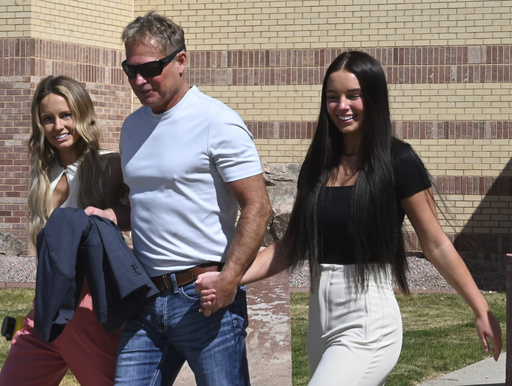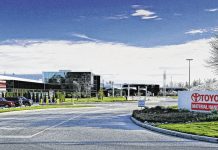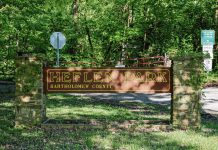What were once just dreams sketched into designs are now reality as the first Exhibit Columbus exhibition installations have begun to open.
In an opportunity to whet the public’s appetite for what’s about to come, the media and local residents were invited to spend a few hours visiting the 18 temporary architectural installations that will officially open with a downtown celebration Saturday.
Exhibit Columbus is a three-month exhibition featuring the installations from designers around the globe, drawing inspiration from Columbus’ architectural treasures.
The new designs are located near many of Columbus’ most treasured architectural masterpieces, providing a new perspective to the city’s heritage and breathing new life into city streets.
[sc:text-divider text-divider-title=”Story continues below gallery” ]
Richard McCoy, director of Landmark Columbus, a program of the Heritage Fund — The Community Foundation of Bartholomew County, used a series of magazine articles dating back to 1941 to show Columbus’ journey to become an architectural mecca, and described how that legacy has been viewed through the years until now.
He explained that the idea behind Exhibit Columbus was to get people excited again about the city’s architectural heritage — not just for what has happened in the past, but what the city can bring to the design world today.
What you’ll see
Spending time in Columbus, visitors will see the architecture of Kevin Roche, Eliot Noyes, Harry Weese, I.M. Pei and many others not just as masterpieces of design, but as offices, factories, schools, churches and libraries which form the texture of everyday life in Columbus, the Exhibit Columbus brochure states.
“Experience Columbus and you become part of a 75-year conversation about the value of good design in making a town the best possible place to live, work, play and visit,” the brochure states.
“I want people to think about the history of Columbus and see it in a new way,” McCoy said.
Architects and designers were near their installations Thursday afternoon giving interviews and providing insight into their design process, even as work continued on several installations that weren’t quite completed. But that only made it more interesting as those at the not-yet-complete sites were more than willing to answer questions about the process and how much more was left to do.
Faurecia welders and workers were finishing up the fabricating and construction of “Wiikiaami,” one of five Miller Prize winners, this one sponsored by the Haddad Foundation and designed by studio:indigenous. Being built next to Eliel Saarinen-designed First Christian Church, metal panels seep in a conical form toward the church as a gateway.
A delay in obtaining some of the materials meant about 20 Faurecia employees, many of them welders, were finishing the installation Thursday, working in tandem to complete the structure from the interior and exterior. They had already devoted 600 to 700 hours of time in the construction, much of it in 10- to 12-hour days, said Tobi Herron, Faurecia director of community and employee involvement.
“The rebar is custom fabricated and each piece has been welded by some of the best welders in the business,” she said of the Faurecia workers who volunteered for the project. “And these guys do great work at Faurecia. This is a way to use their talents in a new way. I cannot say enough how amazing our employees are.”
Stirring conversation
Across the street, Yugon Kim of IKD Boston, was standing on a part of another Miller Prize winner, “Conversation Plinth,” a towering circular structure of timber discs that rise upward on the Bartholomew County Public Library plaza.
He handed out a special brochure that had a pop-up diagram explaining how design and industry can collaboratively work together to create something beautiful, environmentally healthy and sustainable, much along the lines of what Columbus industrialist and visionary J. Irwin Miller might have envisioned years ago.
Taking inspiration from the Miller House conversation pit, the plinths that make up the installation rise upward and encourage visitors to follow a path upwards — to view the nearby architectural gems designed by Pei, Saarinen and others — from a new viewpoint.
Constructed of cross-laminated timber, the material is a product that turns low-grade wood into a high-value, sustainable urban building material, something created out of the 50 percent of material that is wasted in timber harvesting, Kim said.
The installation alone represents enough wood to remove 80 tons of carbon dioxide out of the atmosphere, about the same as removing 17 cars off the road for one year, he said.
And even with its environmental perks, Kim said the overall idea was to bring the Millers’ conversation pit to the higher level of the plinths, which give visitors an eye-level view of the nearby architectural masterpieces while feeling as though they are in a conversation area. The plinths are round, which reflect what was once the circular drive in front of the library.
Kim, who was a student of T. Kelly Wilson, director and associate professor at IU Center for Art+Design in Columbus, said the collaboration needed to produce the piece was inspired by Columbus itself.
“Working with all these groups exemplifies what Columbus is. Collaboration is part of the local fabric here,” Kim said. “People here intuitively appreciate design. It’s in their DNA.”
Taking shape
Just down Fifth Street, visitors were already stopping at Oyler Wu Collaborative’s “The Exchange,” a geometric reworking of the canopies that were once the drive-through lanes of the Irwin Bank, now the Cummins Irwin Conference Center.
Canopies, walls and benches provide nooks and crannies to stop, rest or explore, all the while watching light dance through the bright white geometry of the design for the Miller Prize winner.
“We wanted people to stop and enjoy the space,” said Jenny Wu, principal for the Los Angeles, California firm.
Wu and architect Dwayne Oyler were particularly pleased that some visitors thought that the design felt like it should have always been there — that the canopies always had the potential that the designers had brought to the installation.
“That’s been a huge compliment for us,” Wu said.
“Anything Can Happen in the Woods,” a whimsical corner-shaped installation from Plan B Architecture & Urbanism, invites visitors to meander and disappear underneath the leafy pergola of the Cummins Corporate Office Building into a newly created urban forest.
Designed as an “enchanted forest,” 17-foot high powder-coated steel columns are placed around the concrete footpaths inviting visitors off the sidewalk and into the forest. There, you can sit on grass-covered structures that could be anything you want them to be — rock shapes, couch shapes — it’s in the imagination.
“They could be sleeping animals,” Joyce Hsiang, principal at Plan B said of the design, constructed of waffle plywood in a geometric pattern with grass growing through the structure.
She and Bimal Mendis, also a principal with Plan B, hope that visitors will wander through the design, following and then losing each other in the woods-like installation.
Brighter bricks
Just as a Community Artwalk began Thursday night, Brooklyn, New York ceramist Cody Hoyt was putting the finishing touches on “Theoretical Foyer,” the entryway to the Washington Street installations at Seventh and Washington streets.
Hoyt replaced 2,500 existing monochromatic sidewalk bricks with new brightly colored ones with specially mixed pigments designed to create a pixelated pattern from Alexander Girard-designed seat cushions at the Miller House.
Shelby Materials in Columbus cast the concrete bricks, and Hoyt said while it took about three weeks to build the installation, the design took about a year.
Hoyt’s installation is designed as a jumping-off point for the installations, something McCoy and the Landmark Columbus team working on the Exhibit Columbus event hope will begin in earnest this weekend.
“Exhibit Columbus was created in part to answer the question, ‘What’s next for Columbus,'” Mayor Jim Lienhoop said. “We want this initiative to become a platform to showcase our historic design heritage and community spirit, while pointing to the future so the next generation continues to experience a community of tremendous vibrancy, just as the last generation did.”
[sc:pullout-title pullout-title=”Exhibit Columbus: We want your photos” ][sc:pullout-text-begin]
Exhibit Columbus is a photographer’s dream — all those stunning lines, colors and shapes juxtaposed against other architectural treasures. Visitors from near and far will be roaming around Columbus through November to see our design past, present and future.
Show us your design style and take photographs of you and your friends at the exhibits. Then share them with us.
Send the photos to: [email protected].
We may use your photos online, in social media and in print. Include your name, where and you took the photo, and where you are from.
[sc:pullout-text-end][sc:pullout-title pullout-title=”Your Exhibit Columbus source” ][sc:pullout-text-begin]
Navigate the Exhibit Columbus installations with our locater map at therepublic.com.
Also catch up with past stories on the installations, designers and planning that went into the three-month exhibition in Columbus, running through Nov. 26 at therepublic.com
[sc:pullout-text-end][sc:pullout-title pullout-title=”Exhibit Columbus opening weekend schedule” ][sc:pullout-text-begin]
TODAY
- University installations’ official opening, near Central Middle School on Seventh Street, 11 a.m.
- Preview Party, 6 to 11 p.m. at Mill Race Park (sold out): A dinner gathering to meet and honor the five J. Irwin and Xenia S. Miller Prize winners, the many other designers whose work is being presented in the 2017 exhibition, and all those who have helped make this exhibition possible.
SATURDAY
- The Architect’s Newspaper Opening Conversations, 8:30 a.m. to 2 p.m. Red Room of the Bartholomew County Public Library.
- Opening Celebration from 2 to 4:30 p.m., beginning on Fifth Street at First Christian Church and the Bartholomew County Public Library Plaza to Mill Race Park. Free. This is a chance to meet the architects and designers participating in Exhibit Columbus at their installations.
- Miller House and Garden Ticketed Champagne Tours departing from the Columbus Area Visitors Center, from 4:30 to 7 p.m. Cost: $65. Information: exhibitcolumbus.org.
- Free Mill Race Park 25th Anniversary Party, 4:30 to 7 p.m., including a folk-pop concert with duo Lily and Madeleine at 5 p.m. A community party open to all.
[sc:pullout-text-end][sc:pullout-title pullout-title=”Thirst for good design? Drink up” ][sc:pullout-text-begin]
What: #drinking about design
Where: Upland Columbus Pump House, 148 Lindsey St.
When: 4 to 6 p.m. each Thursday until Exhibit Columbus concludes in late November
What it is: A weekly meet-up created to engage the community and connect fans of good design with people associated with the three-month Exhibit Columbus exhibition.
How much: Free
To RSVP: Click “going” on the event meetup page on Facebook — search under “#drinkingaboutdesign”
[sc:pullout-text-end]

